Reportar esta entrada
Más sobre la misma comunidad-colección
El Paso Electric Railway Co. Line Crews
El Paso Electric Railway Company linemen working on line early ...
El Paso Electric Railway Company Railway Car
El Paso Electric Railway Company Railway car (Circa 1901)
El Paso Electric Railway Co. Santa Fe Power Plant
Construction and brickwork on Santa Fe Power Plant July 1924.
Bowie High School - El Paso, Texas
El Pachuco Chili Brand, De La Garza Packers 601 S Florence El ...
Trolley, El Paso, Texa circa 1960
Trolley on Chamizal Court St. 1960's, the street was created to ...
Reddy Kilowatt promotes electricity
1939 El Paso Electric Company billboard promoting electricity.
Street Lighting During World War II
El Pasoans conserved electricity during World War II by lighting ...








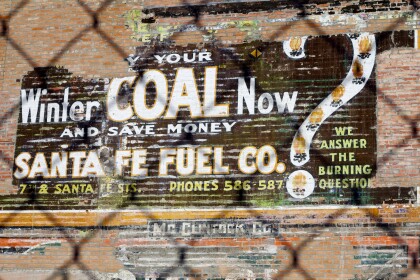
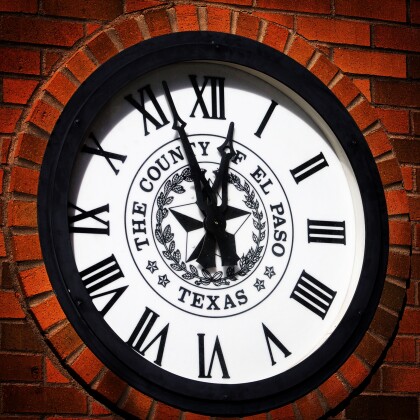
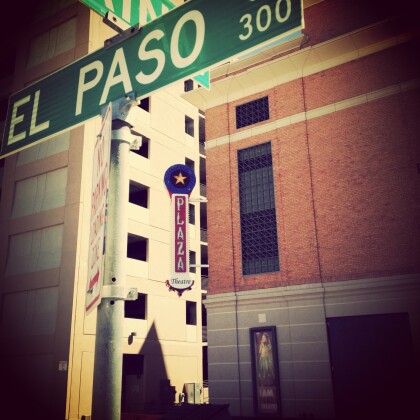
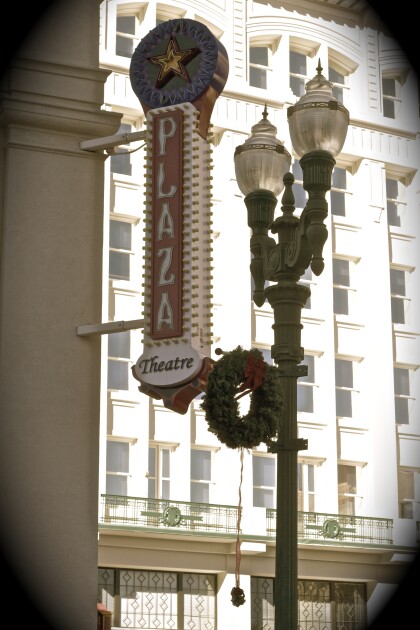
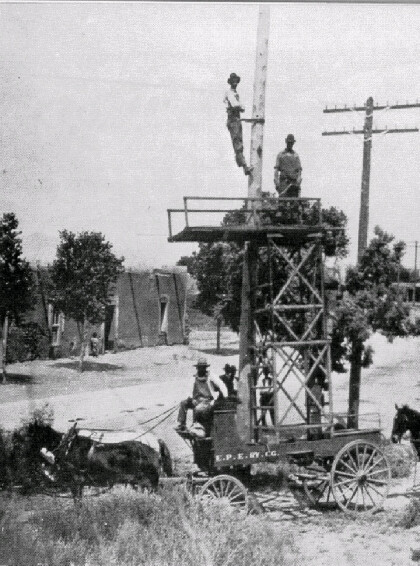
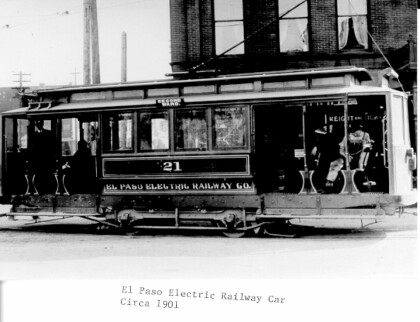
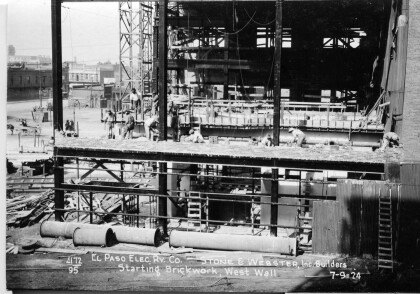
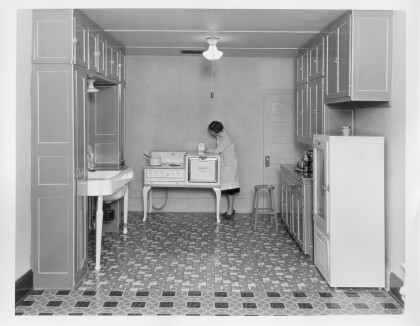
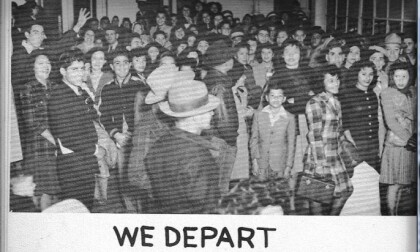
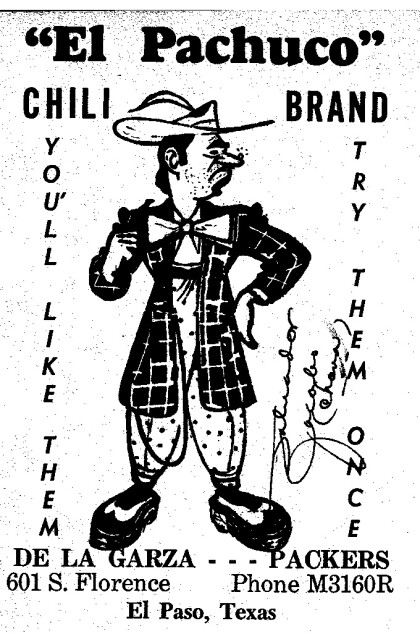
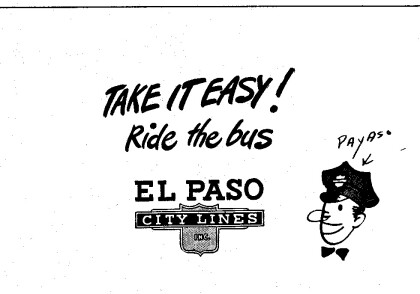
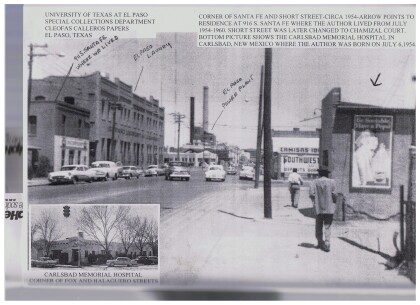
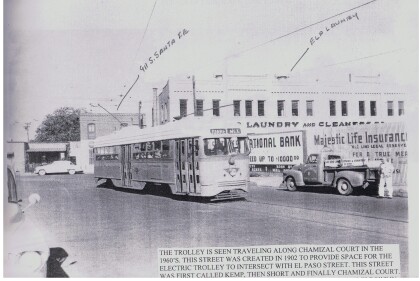
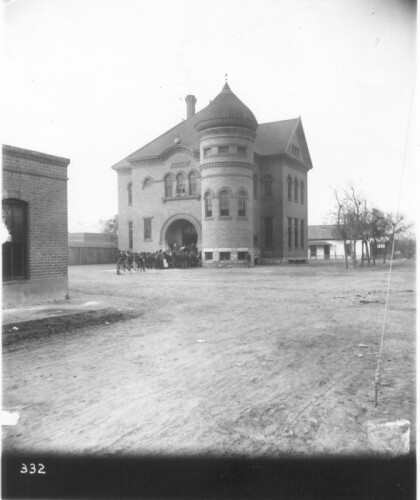
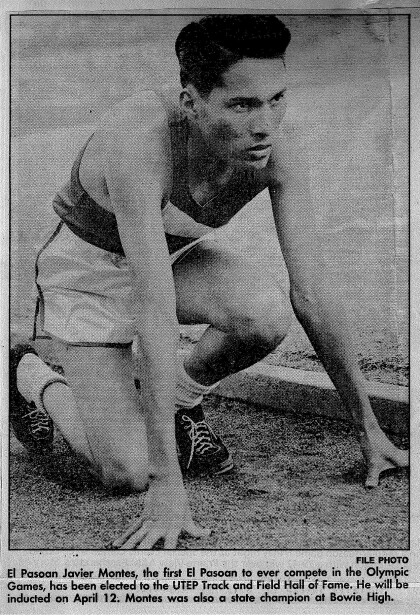
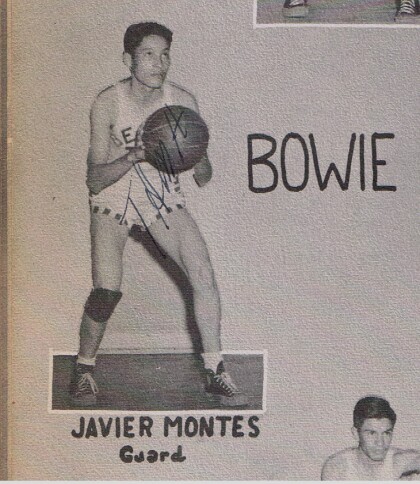
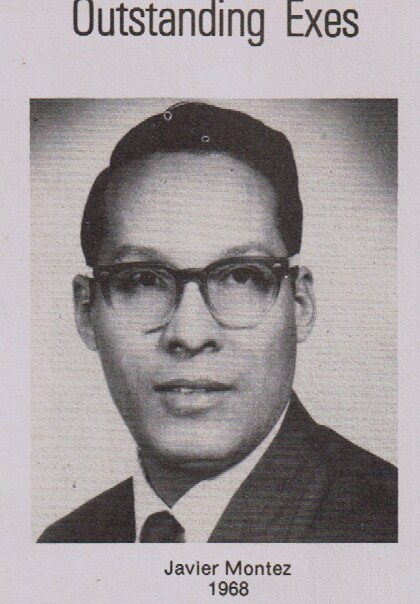
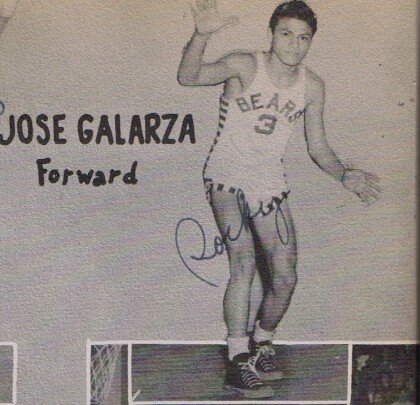
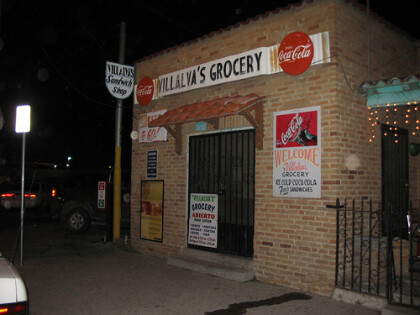
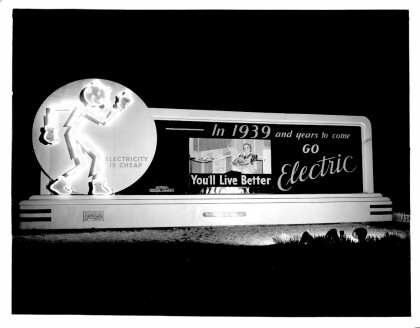
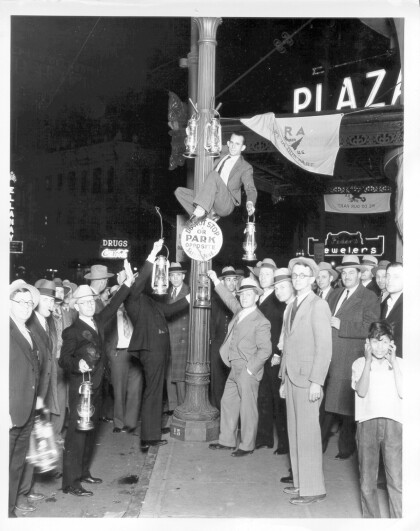
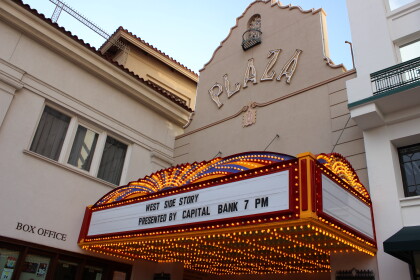
Comentarios
Hacer un comentario